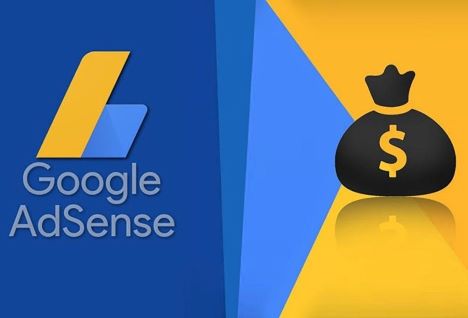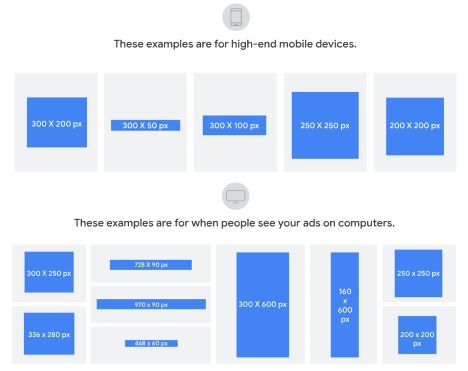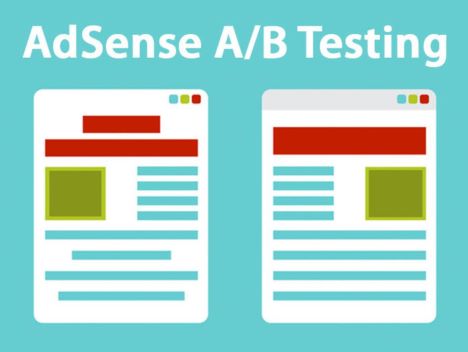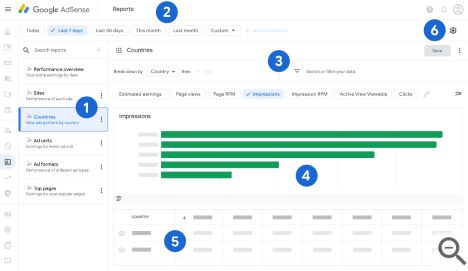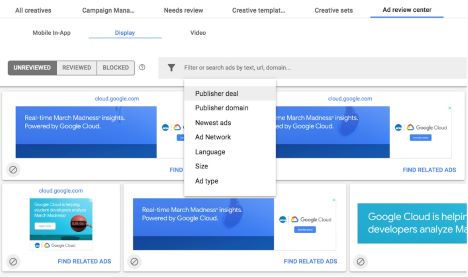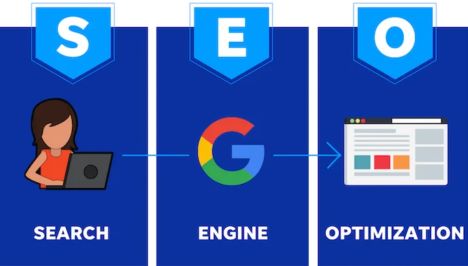In today’s digital landscape, maximizing revenue through online channels is the dream for all content creators, bloggers, and website owners alike. Google AdSense is a shining beacon in that world, as it provides a simple and straightforward option for content creators to monetize their web traffic with structured ads. However, while going through the steps to setup Google AdSense for your online space seem easy enough, mastering the absolute power of Google AdSense is a little more complicated.
Here are 20 proven suggestions on how to grow your Google AdSense ad revenue and enhance your online revenue.
1. Understand Your Audience
The basis of the AdSense strategy that will allow you to reach your potential is an understanding of your audience. Knowing what they like, their demographic, and their browsing behavior will assist you with your content and ad placement. Also, review your website analytics to discover more about your audience’s area of interest, so that you can refine your ad categories to your audience. The more relevant your ads are to the content, the better, since relevance increases the likelihood that users will engage with the content by means of higher click-through rates (CTR).
2. Leverage Responsive Ad Units
In a time where there is a wide variety of screen sizes and devices, responsive design is essential. To make sure your website works well on mobile and desktop, be sure to use responsive AdSense ad units. Responsive AdSense ad units dynamically adjust to the amount of space available to ensure users enjoy a uniform experience across devices, and that ads are more visible and clicked on.
3. Optimize Ad Placement
Strategically placed advertisements can have a profound effect on your AdSense earnings. Test out many ad types and placements to see what works for you. In general, ads placed above the fold (i.e., as long as the visitor does not have to scroll to see the content) are likely to get more attention, but you do not want to bombard your visitors with too many ads or you will take away from the experience.
4. Blend Ads with Content (But Maintain Clarity)
Embedding ads directly within your content improves user experience and ad visibility while reducing disruption of your website’s flow. But, it’s important to keep separation from ads and organic content to maintain user trust and comply with AdSense policies and procedures. Using contrasting colors or a slight border can delineate your ads from your site’s content.
5. A/B Test Ad Formats and Styles
Do not commit to one ad format or style without examining other alternatives. Use A/B tests and compare the ad formats, sizes, colors, and placements you have used. This iterative process allows you to understand the data that you can refer back too and use the data to inform and improve the ad strategies, using the metrics you had looked at when measuring ad effectiveness, such as CTR (Click Through Rate), RPM (Revenue Per Thousand Impressions), and more.
6. Focus on High-Performing Pages
Not all the pages on your website will generate the same traffic or actions from users. Identify your best performing pages-those that are getting significant traffic or longer average session duration than others-and focus your attention on the best ones for relevant ad placements. Through the use of these pages, you can have the best chance to exploit your AdSense ads and sees an increase in revenue.
7. Regularly Review Ad Performance
Continuous tracking and analyzing of your ad performance is fundamental in having an AdSense strategy that you can continue to improve. When you are using Google AdSense utilize all the reporting tools to track metrics such as your CTR, RPM and actions of users on your content to improve user experiences. When you analyze the data, you can figure out how to optimize your ads effectively based on what you learned about your users behaviors and your content.
8. Opt for Text and Image Ads
By enabling text and image ads, you help diversify your ad formats. Text ads are suitable for a range of mediums and provide you with flexibility, while images often grab more attention. Offering both types of ads more than doubles the inventory of available ads and, thus, the level of competition and rate of advertiser spend.
9. Utilize the Ad Review Center
With Google AdSense’s Ad Review Center, you’ll gain increased control over the ads that appear on your site, allowing you the opportunity to review, and approve ads before they appear on your site. You’ll be able to better control the user experience when you are filtering out the ads you don’t want to display. Filtering out unwanted ads also gives you an opportunity to display ads that are offering much better pay-out rates.
10. Enhance Page Load Speed
User experience is largely determined by page loading speed. If the page loads slow or sluggishly delayed, you will lose visitors and revenue potential will be degraded. Speed up your website loading by optimizing images, minifying code, and using cache. Visitors of a fast, optimized site will benefit from the experience and enjoy visiting your site, but ad viewability, engagement authentic customers, and ad revenue will also spill over positively.
11. Implement Ad Blocking Detection
Ad blocking software presents difficulties for AdSense publishers and can cause loss of ad impressions and revenue. Publishers can implement ad blocking detection scripts, which will allow them to ask users to turn off ad blockers or subscribe for a fee to an ad-free experience. This method will enable publishers to recoup lost revenue from users that were using ad blocker software.
12. Create Quality Content
Quality and compelling content is the basis of an AdSense strategy. Compelling content not only helps bring in more visitors, it also maintains visitors’ attention longer during each visit, increasing the chances of clicks, and therefore revenue. Focus on valuable, relevant, and original content that best serves your audience.
13. Explore Different Ad Sizes
Testing different ad sizes will help you determine the best ad formats for your website. You can assume that by using those common sizes, such as leaderboard (728×90) and rectangle (300×250), you will get playing traffic. You can also use formats that are typically not used, and might find that they provide you with a higher CTR and revenue.
14. Stay Compliant with AdSense Policies
It is mandatory to follow Google AdSense policies. Any violation to these policies may result in penalties, limitations on ad serving or suspension of your account. Therefore, you must understand the AdSense policies to make sure your website, content and implementation of ads comply in order to protect your revenue source.
15. Optimize for Search Engines
Enhancing your website’s search engine optimization (SEO) can have an indirect effect on your AdSense earnings.If your search engine rankings are higher, you will most likely receive more organic traffic to your site.This is simply because higher rankings draw more eyes making your website which increases your audience which will hence increase the available ad impressions.You should optimize your keywords, meta tags, and content structure to make your web.
16. Test Different Ad Colors
The colors of your ads can have a profound effect on engagement. Try various combinations of colors in your ads to discover which are best for your audience and website style. A color scheme that works with the look and feel of your site and grabs attention to the ads can improve CTR’s and ad results.
17. Implement URL Channels
The URL channels feature in Google AdSense allows you to measure the success (or failure) of specific pages or sections of your website. You can establish channels for different sections or even for individual pages of your website and it provides more detailed data than you would otherwise have. This type of measurement takes an informed approach to make decisions based on the performance of your full website, and adjusting your advertisement strategy based on the outcome from certain areas of your website.
18. Utilize AdSense for Search (AFS)
With AdSense for Search, you can set up a custom Google search engine right into the search functionality of your site that shows ads as part of the search results. Using this option, you can offer a better experience to your users and an additional opportunity for ad clicks and revenue generation from searches.
19. Engage in Continuous Learning
The digital realm is constantly changing, as is the world of online advertising. It is important to keep up to date with the trends within the industry, changes to algorithms, and AdSense updates, through blogs, forums, and Google resources. The ability to continually learn allows you to be informed in order to adjust your gameplan.
20. Diversify Revenue Streams
While Google AdSense can be a viable source of income, you should consider some other ways to monetize your channels beside AdSense too. These options include, but are not limited to, affiliate marketing, sponsored posts, and selling digital products. By have multiple revenue streams for your channels, you will lower the risks and increase your opportunities than only using AdSense revenue.
If you use this strategy and consistently optimize across all channels you can effectively grow your Google AdSense revenue. While the process takes some level of experimentation, data, a strong knowledge of your audience, is possible!


